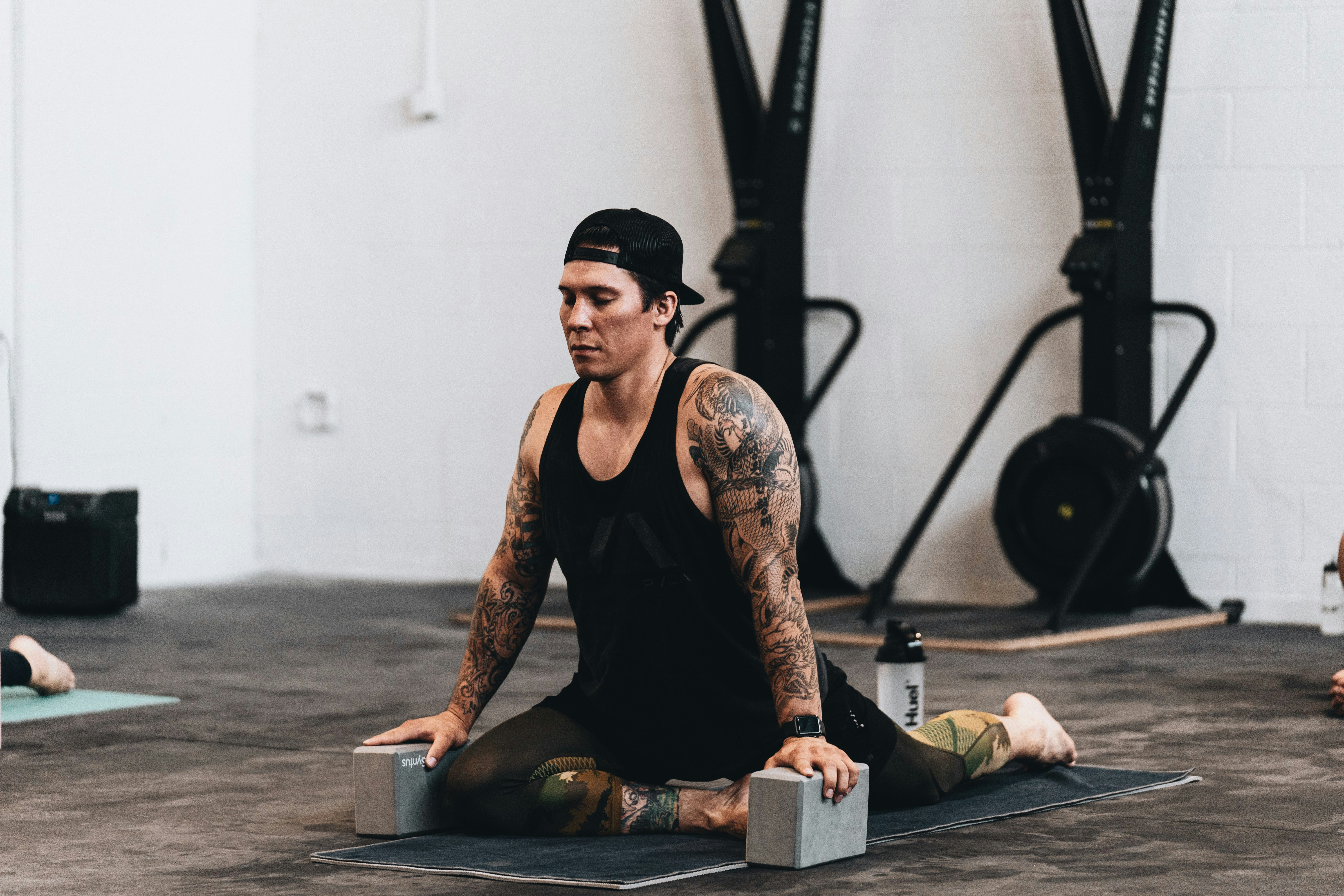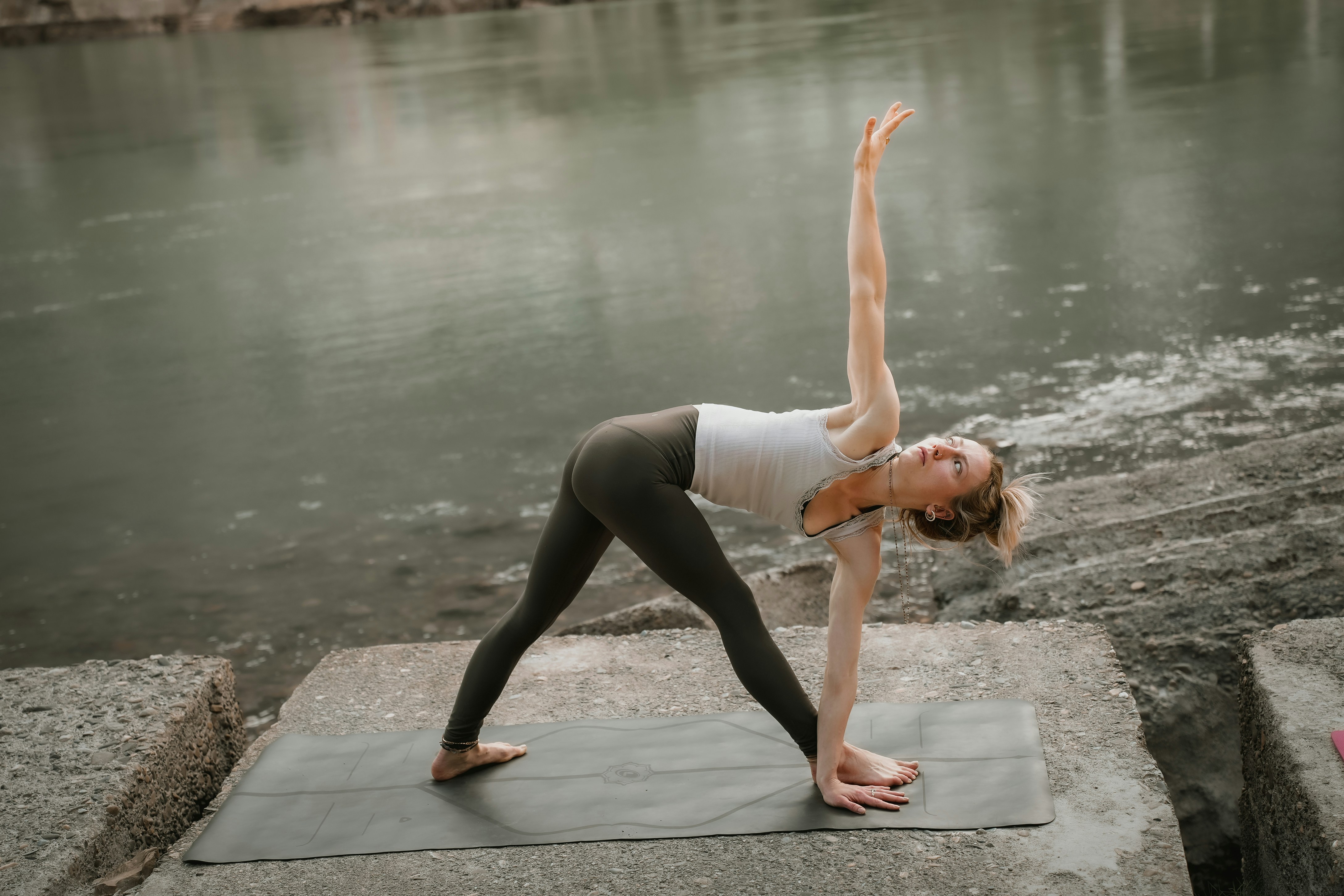For Teachers
How to Become a Yoga Teacher

Deciding to become a yoga teacher can be one of the most rewarding decisions of your life. It’s a path that not only allows you to share your love for yoga with others but also encourages deep personal growth. From deepening your own practice to learning how to guide and inspire others, becoming a yoga teacher involves a combination of self-discovery, education, and experience. I’ll walk you through my personal experience and offer some practical insights on how to become a yoga teacher.
The Journey to Becoming a Yoga Teacher
Before diving into the steps of how to become a yoga teacher, it’s important to know that this path is more than just about teaching yoga poses. It’s about living and breathing yoga principles. It requires a deep connection with your own practice, a desire to help others, and a commitment to continuous learning. Yoga is an ancient practice that encompasses more than physical postures—it’s a lifestyle and philosophy that can transform every aspect of your life.
For me, the decision to teach yoga didn’t come overnight. It was something I grew into over time. I had spent years practicing, not just learning the asanas (poses), but embracing the mindfulness, meditation, and breathwork that are at the core of yoga. I knew I wanted to share these experiences with others and help them experience the same transformation. So, I began my journey by committing to deepening my own practice before considering how to become a yoga teacher.
Step 1: Developing a Strong Personal Practice
One of the most important aspects of how to become a yoga teacher is having a strong and consistent personal practice. If you are passionate about yoga, this might seem obvious, but it’s crucial to not just practice poses but to really understand yoga from the inside out. It’s important to take the time to build a solid foundation, focus on proper alignment, and experiment with various styles of yoga to understand what resonates most with you.
In the early stages of my journey, I attended a variety of classes with different teachers. Each teacher brought something unique to the practice. By exploring different teaching styles, I was able to refine my own preferences and learn how to engage my body, mind, and breath in each pose. It wasn’t until I felt confident in my understanding of yoga that I knew I was ready to move on to teacher training.
Step 2: Finding the Right Teacher Training Program
The next step in how to become a yoga teacher is selecting the right teacher training program. There are many different styles of yoga, and it’s essential to choose one that aligns with your own practice and teaching goals. When I started looking for a teacher training program, I considered the style I was most passionate about, as well as the reputation of the training center and the instructors. The training program I chose had a well-rounded curriculum that included philosophy, anatomy, meditation, and of course, the art of teaching.
The 200-hour yoga teacher training is the most common and widely accepted certification, but depending on your goals, you might consider specialized trainings or even higher-level certifications, like 300-hour or 500-hour programs. Regardless of the program, it’s essential that it is registered with a recognized body like the Yoga Alliance, which ensures that the training meets specific standards.
Step 3: Immersing Yourself in Teacher Training
Once I enrolled in the teacher training program, it was time to dive in. The training itself was both demanding and enriching. We spent weeks practicing asanas, learning anatomy, exploring yoga philosophy, and understanding the practical aspects of teaching. In addition to mastering physical poses, the training program helped me develop essential teaching skills—how to cue, how to adjust students, and how to create a space where students feel comfortable and supported.
The teacher training program also encouraged self-reflection. Yoga is a transformative practice that goes beyond physical fitness; it’s about inner growth. Many aspects of my life shifted during training, as I learned to quiet my mind and be more present. This deeper awareness made me realize that teaching yoga is not just about instructing poses, but about creating an environment where others can explore and grow too.
Step 4: Certification and Registration
After completing my training, I was officially certified to teach yoga. Although certification is not always required to teach yoga, it’s highly recommended and often expected by yoga studios and other teaching opportunities. To become a registered yoga teacher (RYT), I had to complete the certification requirements and register with Yoga Alliance, which is an internationally recognized organization. This helped establish my credibility and gave me the tools and support I needed to continue learning and growing as a teacher.
The process of becoming certified helped me feel confident in my abilities to lead a class. During training, I taught my first few classes under the supervision of experienced instructors who provided helpful feedback. This gave me a solid foundation for leading my own classes, which I soon began doing at a local studio.
Step 5: Gaining Teaching Experience
Once I had my certification, I started teaching at local studios and offering private lessons. Teaching yoga is a continual process of learning. I’ve found that the more I teach, the more I learn about myself and my students. It’s important to be patient with yourself as you begin your teaching journey. Even experienced teachers continue to learn and evolve.
When I first started teaching, I remember feeling nervous about leading a class, unsure if I was prepared. But the beauty of yoga is that it’s a journey. The more I practiced teaching, the more comfortable I became in my role. As I gained more teaching hours and experience, I started to offer specialized classes, such as restorative yoga, meditation, and pranayama (breathwork) sessions. These experiences expanded my understanding of the practice and helped me connect with a diverse group of students.
Step 6: Continuing Education and Growth
One of the most exciting aspects of teaching yoga is that it’s a lifelong learning process. There’s always something new to learn—whether it’s a new style, a more in-depth understanding of anatomy, or a deeper exploration of yoga philosophy. I continue to attend workshops, retreats, and additional training to refine my skills and deepen my knowledge. This ongoing education keeps me inspired and motivated to improve both my practice and my teaching.
As a yoga teacher, it’s also important to remain open-minded and adaptable. Each class is different, and every student comes with their own unique challenges. It’s essential to approach each class with fresh eyes, curiosity, and an open heart.
Conclusion
Becoming a yoga teacher is a rewarding, transformative experience that requires dedication, self-awareness, and a willingness to grow. By following the steps outlined above—from developing a strong personal practice to finding the right training program and continuing your education—you can embark on a fulfilling career that not only enhances your own life but also enriches the lives of others.
The journey to becoming a yoga teacher isn’t just about learning to teach poses—it’s about understanding the deeper aspects of yoga and sharing that knowledge with others. It’s a path of continuous learning, self-reflection, and personal growth. If you feel the call to teach yoga, take that leap, and enjoy every moment of the journey!










